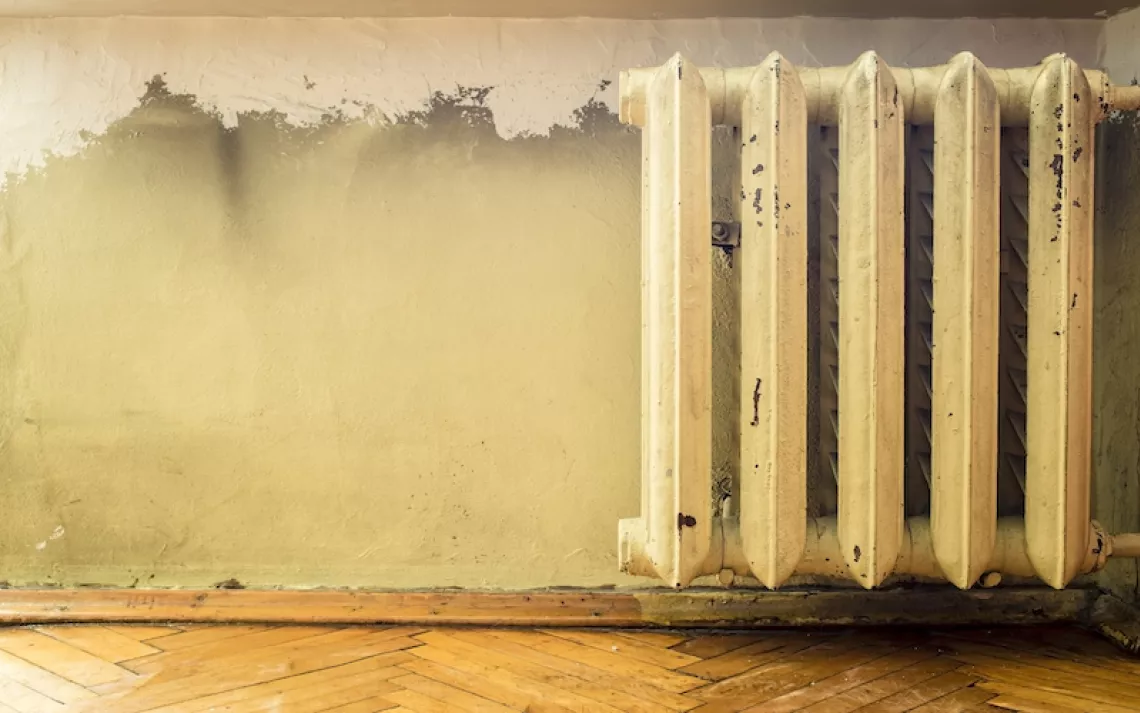Should I Reheat My Home or Keep it Warm?

Photo by iStock/AbbieImages
Hey Mr. Green,
In your book, Hey Mr. Green, you say that it takes more energy to maintain a constant temperature at home than to lower the heat at night and crank it back up in the morning. My neighbor claims that keeping a constant warm temperature is better because reheating takes more energy. What’s the truth?
—Randi in Putnam Valley, New York
I stand by all of my book’s myriad words of wisdom—except for the egregious ranking of BP as the best oil company. (I did hedge, though, by noting that rating gas companies "is about as dicey as waltzing with Dick Cheney on his favorite oil slick.")
But to your question: Maintain a constant indoor temperature and you’re heating not just your home but also the great outdoors. Heat is constantly lost, especially through doors and windows; the warmer it remains inside, the more heat escapes. It’s a law of thermodynamics, the same principle that makes tank water heaters less efficient than on-demand models.
This is why it takes less energy to reheat a house in a short time than to keep it warm all the time, and why energy-conservation organizations like the American Council for an Energy-Efficient Economy estimate a 2% savings on heating bills for each degree you lower the thermostat for eight hours at a time.
Here’s a bonus tip: If you have a heat pump, make sure it has an adaptive thermostat so that the costly electric backup doesn’t kick in. For more heat-saving suggestions, click here.
 The Magazine of The Sierra Club
The Magazine of The Sierra Club



